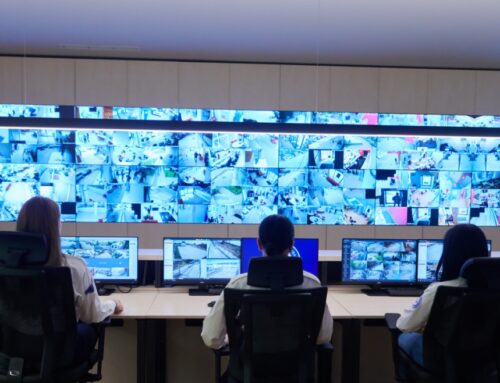
COVID-19 has brought so many changes. It brought chaos and confusion and the world was in a panic. While most things were halted until the pandemic passed, life had to go on, work had to be done, and friends and family still needed to talk even if meeting face to face was not an option.
Considering face-to-face meetings, and interviews were recommended during the pandemic, the idea of virtual communication was a no-brainer and helped so many to manage to work remotely.
Now, as the pandemic has passed and things have gone back to normal in most countries, people are still preferring virtual meetings to traditional ones, with good reasons. However, for many, virtual communication was fairly new, and sometimes meetings would go awry.
Someone would forget to dress properly, fail to mute the mike, and say something very controversial, or hilarious, or fail to properly set up their cameras and show their noses or eyes only for the duration of the meeting. These are all signs of ineffective virtual communication.
Here we’ve listed tips and considerations for successful virtual communication among individuals or organizations:
1.PREPARATIONS
- Check your lighting and system microphone. Make sure that the space you are using is well-lit so that your colleagues will have no problem seeing you. If you are using primary lighting, it should not be on the side or the back. Instead, be positioned in a way the lighting will be in front and on eye level. Make sure sunlight is not hitting your webcam directly.
- Have notes already been prepared? Before virtual meetings, agendas are given. To avoid any awkward silences or anything that would use up time, write your points down and keep them handy. That way you won’t have problems communicating.
- Whatever space you are using, if at home, hang a “do not disturb” sign. That means your kids and pets will have to stay away to avoid any distractions. Try to find and use cameras that will blur your background to avoid distracting your colleagues during the meeting.
- On dressing, wear your professional clothes as you might in your office. Do not wear jewelry that will make noise and disturb your meeting. If you were glasses, consider switching to contact lenses to avoid reflections. Wear neutral colors. Do not wear bright swirls or checks or any patterns and colors that will reflect light. Make sure to wear clothing that won’t bring any awkwardness to the meeting if you have to stand up unexpectedly.
- Have water and tissues available. Make sure your voice is okay and it’s not cracking. Do voice warm-ups if necessary.
- Log in a few minutes before time. This is because there might be technical glitches that may occur and may need fixing before the meeting starts. You do not want to have a frozen screen and spend valuable time fixing it while the meeting is in progress. Position your body in a way that meeting participants can see you. Center your shot in the frame and make sure your head and shoulders are visible, not just your eyes or a close-up of your nose.
- Distractions can pop up from your computer or your phone. To make sure that doesn’t happen, switch your phone off or change the sound to silent. Do the same for your computer’s notifications. If any tabs are open and pose a distraction, close them. Your computer should be plugged into a power source or well-charged to avoid switching off during the meeting.
2. TIMEKEEPING
Virtual communication is very different from face-to-face communication. So to keep things interesting and to make sure your colleagues pay attention and do not lose interest, keep it short. Be clear on the points made and keep them concise. Make sure ramblers are controlled and brought back to the agendas at hand.
3. ACTIVE ENGAGEMENT
If you are the meeting leader, do not make it your lecture. Make sure everyone is contributing. That can also help with attention and keeping the energy on a good level.
4. NON-VERBAL COMMUNICATION
This is also important. Always be on the lookout for these. Notice any discomfort of the participants and their facial expressions. Do the same for your expressions, how you sit, and your gestures. These are signs of your confidence levels.
Seeing as a virtual meeting doesn’t always show the whole body and body language can be misinterpreted or missed altogether, encourage everyone to express their concerns verbally.
Reduce affirmative sounds to non-verbal communication like nodding your head. Making affirmative sounds can only distract the one who is speaking but nodding your head will not. It will show that you are paying attention and that is a sign of effective virtual communication.
5. SOUND PROJECTIONS
Make sure your voice is carried very well and can be heard by your colleagues. Don’t adjust your microphone while speaking, don’t move away from it, and make sure your tone is flat and your voice should sound strong. Note, some may view the different pitches of the presenter as a sign of low confidence.
6. RESPECT AND CONSIDERATION
Always be respectful to the other members of the meeting. Be aware of others’ workload and schedule the meeting for when everyone is ready and isn’t burdened by other individual responsibilities.
CONCLUSION
Effective virtual communication is very important. If you participate and use virtual communication frequently, make sure to learn to communicate effectively.
With time and practice, you will become well-versed in effective virtual communication.
Failure to engage and use the above-mentioned skills when you want to have virtual meetings will mean failure in effective virtual communication.



